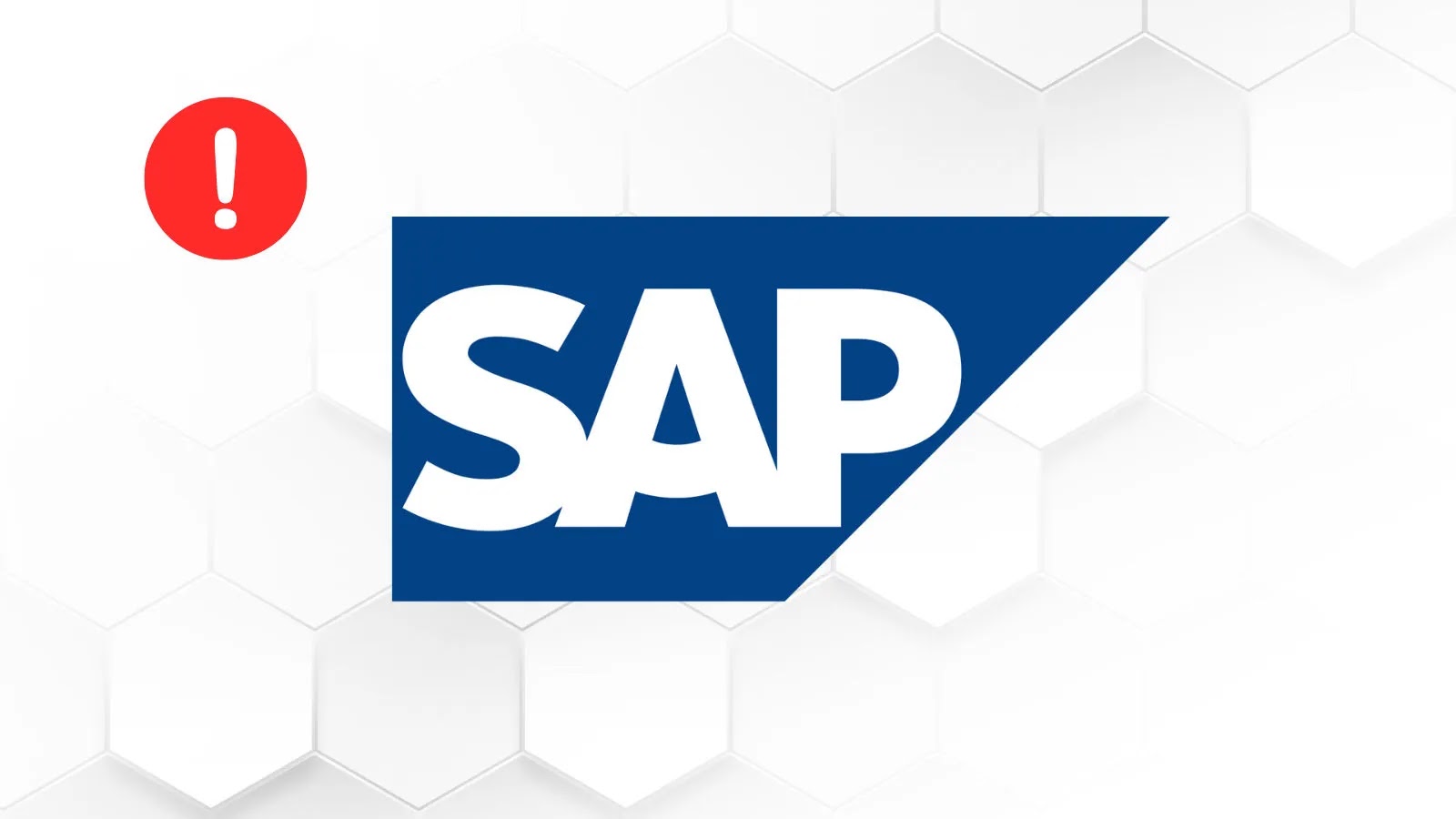
Critical SAP NetWeaver Vulnerability Let Attackers Execute Arbitrary Code And Compromise System
Unmasking the Critical SAP NetWeaver Vulnerability: A Direct Path to System Compromise
The security landscape for enterprise resource planning (ERP) systems has taken a concerning turn with the discovery of a critical vulnerability in SAP NetWeaver. This flaw, tracked as CVE-2025-42922, presents a significant and immediate risk, allowing authenticated attackers with even low privileges to execute arbitrary code and gain a full system compromise. For organizations relying on SAP NetWeaver, understanding the specifics of this vulnerability and implementing timely remediation is paramount to safeguarding critical business operations and sensitive data.
Understanding CVE-2025-42922: The Attack Vector
The core of CVE-2025-42922 lies within the SAP NetWeaver’s Deploy Web Service upload mechanism. This particular service, designed for managing and deploying applications, suffers from insufficient access control validation. Essentially, the system fails to adequately verify whether a user attempting to upload a file has the necessary authorization to do so, and more critically, to execute it.
This oversight creates a gaping security hole. An attacker, having gained even low-level authenticated access (which can often be achieved through phishing, credential stuffing, or exploiting other minor weaknesses), can leverage this mechanism to upload malicious files. Once uploaded, the lack of proper validation allows these malicious files to be executed within the SAP NetWeaver environment, leading directly to the execution of arbitrary code.
The Gravity of the Threat: Arbitrary Code Execution and Full Compromise
Arbitrary code execution is unequivocally one of the most severe types of vulnerabilities. It grants an attacker virtually unrestricted control over the affected system. In the context of SAP NetWeaver, this translates to:
- Data Exfiltration: Sensitive financial records, customer data, intellectual property, and internal communications can be stolen.
- System Manipulation: Attackers can alter or delete critical business data, disrupt operations, or introduce backdoors for persistence.
- Lateral Movement: A compromised SAP NetWeaver system can serve as a launching pad for attacks against other interconnected systems within the enterprise network.
- Ransomware Deployment: The ability to execute arbitrary code makes the deployment of ransomware a significant threat, leading to operational paralysis and significant financial impact.
Given SAP NetWeaver’s central role in managing critical business processes for many organizations, a full system compromise poses an existential threat, potentially leading to massive financial losses, reputational damage, and regulatory penalties.
Identifying Vulnerable Systems
While the specific versions of SAP NetWeaver affected by CVE-2025-42922 are not explicitly detailed in the initial disclosure, organizations should assume that any unpatched SAP NetWeaver installation utilizing the Deploy Web Service could be at risk. Proactive identification of all SAP NetWeaver instances within your environment is the first critical step.
Remediation Actions
Immediate and decisive action is required to mitigate the risk posed by CVE-2025-42922. Organizations should prioritize the following steps:
- Apply Vendor Patches: The most crucial step is to apply all available security patches from SAP. Monitor SAP’s official security advisories and support portals for updates pertaining to this CVE.
- Review Access Controls: Conduct a comprehensive audit of user accounts and their associated privileges within SAP NetWeaver. Ensure that the principle of least privilege is strictly enforced, especially concerning access to sensitive services like the Deploy Web Service. Remove or restrict access for any users who do not absolutely require it.
- Network Segmentation: Isolate SAP NetWeaver systems from other critical network segments where possible. This can limit the blast radius if a compromise occurs.
- Monitoring and Logging: Enhance logging and monitoring capabilities for SAP NetWeaver systems. Look for anomalous activity, suspicious file uploads, or unusual process executions. Implement alerts for such events.
- Web Application Firewall (WAF): Deploy or enhance a WAF in front of SAP NetWeaver systems. While not a direct patch, a WAF can help detect and block suspicious requests targeting web services, including potential exploit attempts.
- Regular Security Audits: Conduct regular penetration testing and security audits of your SAP landscape to identify and address vulnerabilities proactively.
- Employee Awareness Training: As low-privileged authentication is a prerequisite, reinforce cybersecurity awareness training among employees to prevent phishing and other social engineering attacks that could lead to credential compromise.
Relevant Security Tools
While direct exploits for CVE-2025-42922 may not be publicly available yet, the following tools can assist in maintaining a robust security posture for your SAP environment and detecting potential compromise:
| Tool Name | Purpose | Link |
|---|---|---|
| SAP Solution Manager | Centralized management platform for monitoring, managing, and supporting SAP environments, including security patches and audits. | https://support.sap.com/en/alm/solution-manager.html |
| Tenable.io / Nessus | Vulnerability scanning solution to identify known vulnerabilities in network devices and applications, including SAP components. | https://www.tenable.com/products/tenable-io |
| Rapid7 InsightVM | Vulnerability management and detection solution with extensive vulnerability coverage. | https://www.rapid7.com/products/insightvm/ |
| Splunk / ELK Stack | Security Information and Event Management (SIEM) platforms for centralized log collection, analysis, and threat detection. | https://www.splunk.com/ https://www.elastic.co/elastic-stack/ |
| Invicti (Acunetix/Netsparker) | Dynamic Application Security Testing (DAST) tools to scan web applications, including SAP’s web interfaces, for vulnerabilities. | https://www.invicti.com/ |
Conclusion
The disclosure of CVE-2025-42922 serves as a stark reminder of the persistent and evolving threats targeting critical enterprise systems. The ability for a low-privileged attacker to achieve arbitrary code execution and full system compromise in SAP NetWeaver underscores the urgency of proactive vulnerability management. Organizations running SAP NetWeaver must prioritize the application of vendor security patches, rigorous access control enforcement, enhanced monitoring, and regular security assessments to protect their core business operations from this significant threat.





